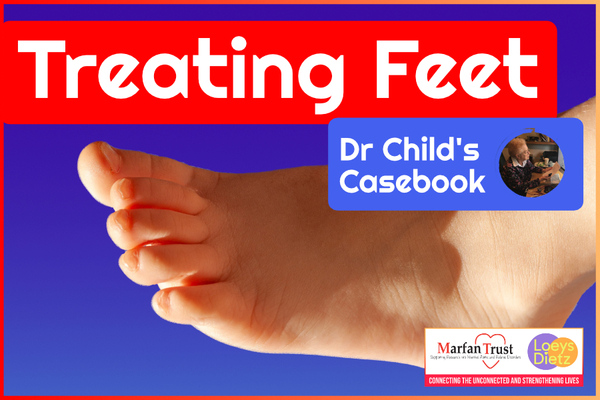A much-coveted skill, perfect timing is a delicate art. It is a balancing act between when to wait and when to act. Surgically speaking, there are indications – measurements, signs – that will decide the timing of an operation, but these are not always cut and dried. The measurement of the aorta, for example, is sometimes a source of debate with different surgeons reaching different conclusions on when to intervene. This was no more apparent than in a recent call to our helpline. Torn between two hospitals and their differing approaches, a patient sought our advice, not only on the timing of her operation but also on the type of operation. Choice is important.
By Dr Anne Child & Victoria Hilton
Q: At what stage is surgery is usually considered for Marfan patients? I have Marfan Syndrome (as have several other family members). My recent MRI results showed that my aorta is 4.3 at the widest point. My previous echo of a couple of years ago was 3.9 and the year prior to that was 3.6. When I was last seen around 5 years ago, it was explained to me that 4.5 was generally the marker for surgery, although the cardiologist had said that he wouldn't like me to get to the point of 4.5 due to a family history of dissection (two family members have passed away from dissections).
Another hospital I visited takes a different approach and have advised me that 5 is generally their lowest point of surgery, with MRI being done every 2 years up until that point. I am reassured by the fact that they do see a large volume of Marfan patients at their clinic, and they also have excellent cardiothoracic surgeons, but I am concerned that leaving surgical intervention until my aorta is over 5 may be risky? Can I ask, in your experience, at what point is surgery generally considered now with Marfan syndrome?
A: The general advice is to operate by 4.5cm greatest aortic diameter. This is because the operation is becoming safer.
There is a new operation which can be used safely, simply to wrap the aorta from outside. This is especially useful if the patient is a woman planning pregnancy at some point. It is known as PEARS and stands for personalised external aortic root support. Only certain surgeons are trained to do this operation.
I understand that you are in early middle age with two children and no plans for further children. Your doctor has advised that open-heart surgery is the best approach. Many doctors still feel the traditional surgery is most reliable. However there have now been 500 PEARS operations performed around the world and the mortality risk is the same (1% as for the classical operation.
If you ask politely but firmly, to be referred to a PEARS surgeon as I feel each patient should make their own decision after having a chance to ask questions about both procedures and comparing answers.
I am especially concerned that because your aorta is expanding, the surgeons may miss the optimal time to operate. Now is when you need your surgeon’s opinion, especially in light of the family history of dissection at low aortic root diameter.
Don't forget, you must allow for time on the waiting list, and COVID has increased this.
Do let us know how you get on.
Meantime we are hosting a webinar in March, led by Tal Golesworthy, pioneer of the PEARS procedure. We have yet to set a date but if you are interested in attending then please email Victoria via [email protected]









